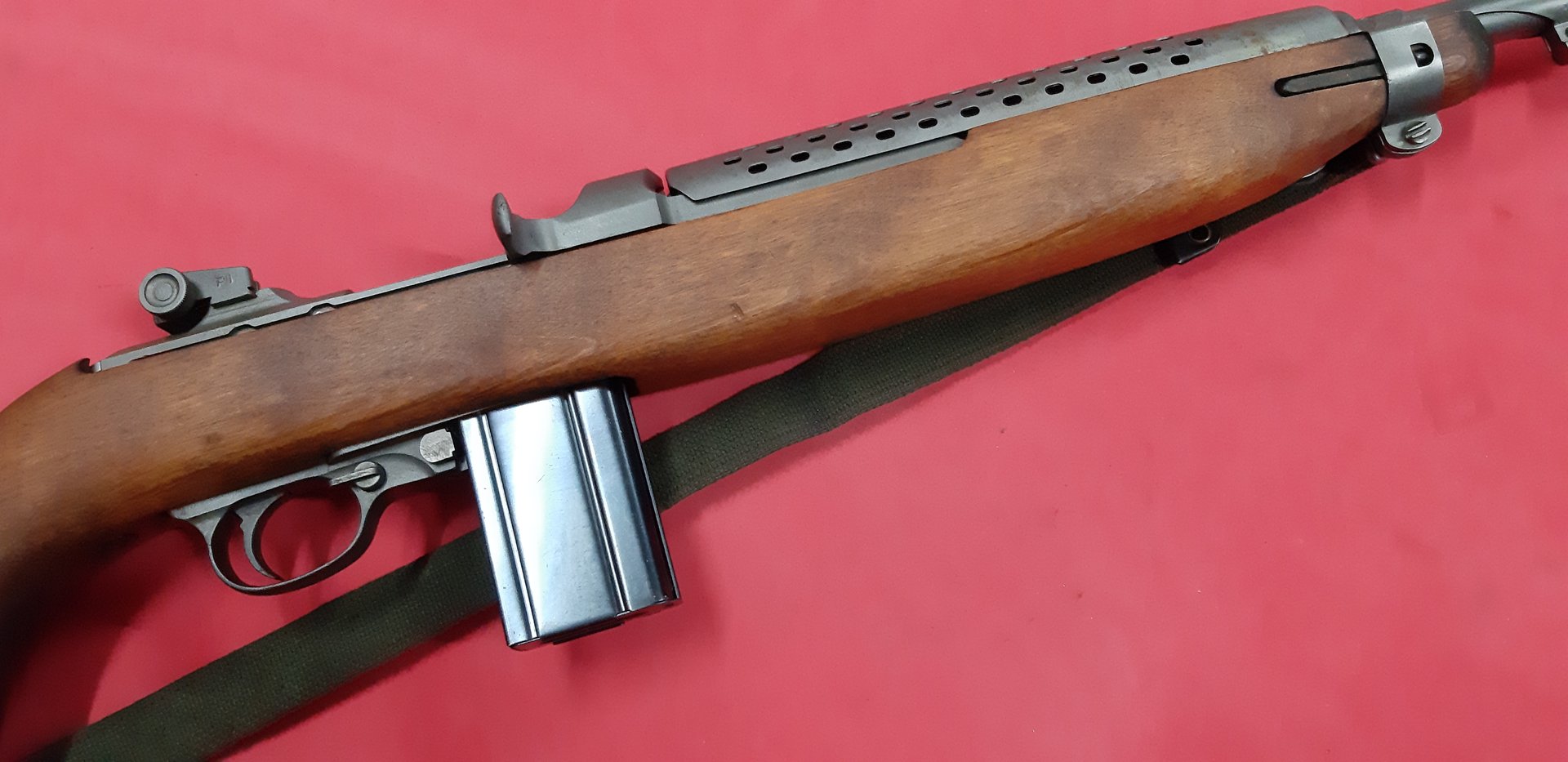
Within its design specifications, the carbine worked well when pressed into action as a battle rifle, it was outclassed.Īfter-action reports from the Pacific in particular do speak highly of the carbine deployed within 200 yards. Previously, in Europe, there had been some complaints, too many to discount. When matched against heavily clad North Korean and Chinese adversaries in Korea, the carbine’s reputation suffered. The M1 survived World War II with its reputation largely intact. Interestingly, after-action reports from the Pacific are more glowing in terms of praise of the M1 carbine. 30 carbine was designed as an area defense or personal defense rifle and, in that category, it has performed admirably.

The bullet was not designed to break at the cannelure, and the cartridge did not produce sufficient velocity to ensure good effect past 100 yards. 30 cartridge was much less powerful than the full-power battle rifle cartridges. Dealing with sappers, preventing a machine gun position from being overrun, a tank being charged by grenadiers or an officer defending himself were the scenarios in mind when designers conceived the carbine. In fairness, the carbine was intended for personal defense at moderate range. The only real problems with the M1 carbine were ballistics and terminal effect. A pair of carbines and a few magazines of ammunition make for a pleasant afternoon of shooting! Even the powerful and modern M1 Garand used a dated en bloc clip-loading system. Its 15-round magazine was a first for a soldier’s rifle and not only contained a good reserve of ammunition but also was exchanged quickly. Best of all, the carbine proved reliable in action. 30 carbine through the long haul, it was an important rifle and very influential. 30 carbine ammunition had non-corrosive primers during a time when military ammunition was universally corrosive. Since it was designed with a gas system not routinely field stripped in cleaning, the carbine had non-corrosive, primed ammunition. Demands on the soldier to keep the piece running were relatively low when compared to other types.

The M1 carbine was also the first low-maintenance military firearm. The new carbine featured its own unique cartridge. M1 Carbine was not simply a short rifle chambered for a full-power cartridge. Unlike the earlier Trap Door Springfield and Krag carbines, the new U.S. Like previous military carbines, the M1 featured an exposed barrel and short half stock. Winchester engineers also put a lot of work into the new carbine. 30 carbine was the first American rifle that made carrying hundreds of rounds of ammunition practical.Īfter first envisioning the rifle in 1940, Winchester created the carbine after thorough and relatively fast development work. It made use of a tappet system developed primarily by David “Carbine” Williams. The carbine vied with the submachine gun for the lead in short-range firepower, but it never replaced the pistol or submachine gun, although it was in greater use than either. The carbine was pressed into service on a greater scale than anyone had imagined in 1940 when it was conceived. At just more than 5 pounds with a 36-inch overall length, the carbine is light and handy.

30 carbine was designed to be more efficient than any handgun and not as heavy as the U.S. It is better to meet an unexpected attack with a short rifle than a pistol. Since the Philippine Insurrection, American soldiers had dealt with rear-area attackers.

The idea was that the carbine gives soldiers an edge over a pistol. Intended to arm soldiers who need lightweight arms, the PDW is a handy weapon that does not get in the way of other duties, such as driving a tank, manning a radio post or serving as an ammunition bearer. M1 carbine was arguably the first of the modern class of lightweight personal defense weapons (PDW).


 0 kommentar(er)
0 kommentar(er)
